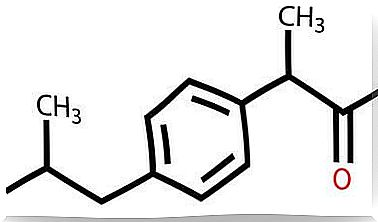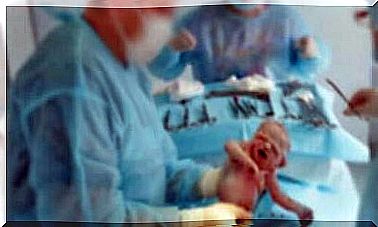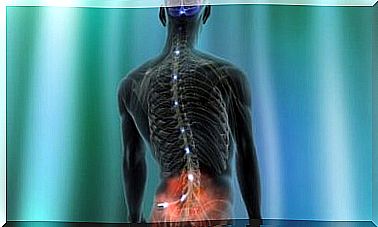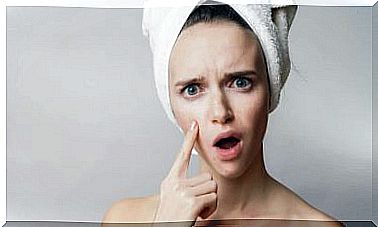Facial Spots: Causes, Types And Treatments
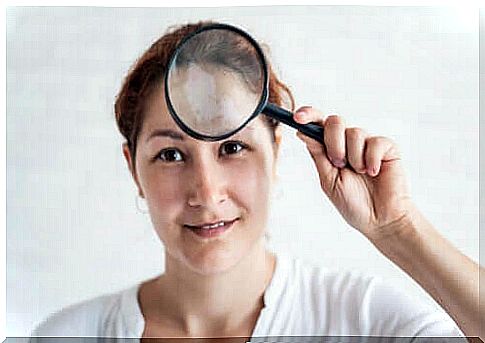
There are several types of skin blemishes on the face that tend to become more and more noticeable over time. There are certain differences between them, both in color and size and thickness. Likewise, their presence is influenced by several factors.
In general, they can be caused by the use of medication, hormonal changes, excessive exposure to sunlight, among other factors that act on melanocytes. The latter are responsible for causing blemishes on the skin of the face and body. What are the main causes, types and treatments? Find out more below!
Most common blemishes on facial skin
Not all facial blemishes are the product of sun exposure and age. Some of them are manifestations of diseases that need a particular treatment, as we will see below.
solar keratosis
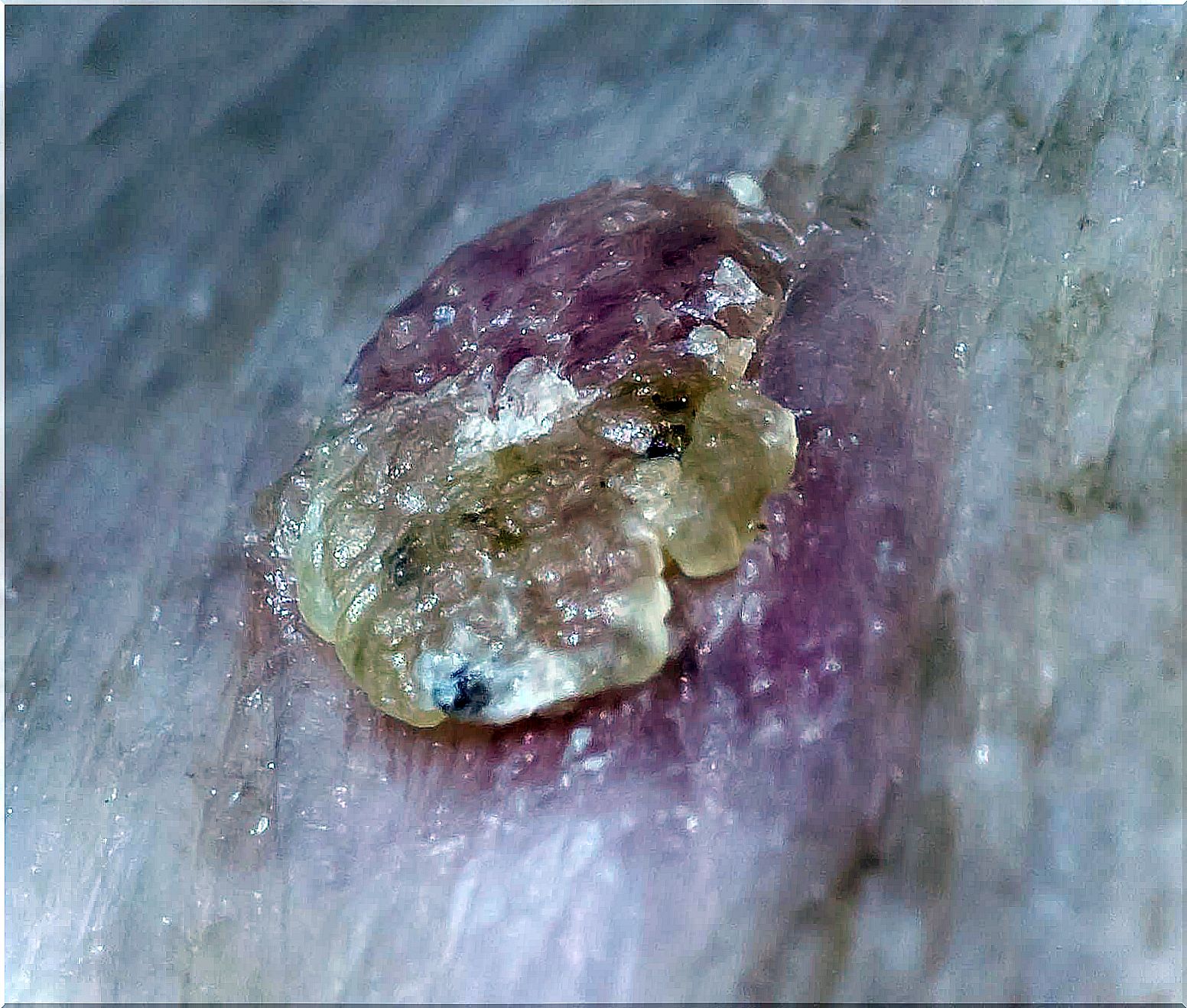
Also called “actinic keratosis“, they are precancerous manifestations that have a constant and slow development. They occur on areas of the skin that have been exposed to sunlight over time.
They begin to be evident for the first time after the age of 40 in the pinna, scalp and face. They are scaly plaques, rough to the touch, thick, ranging from red, brown or pink. They are often confused with common warts, which delays their diagnosis.
actinic lentigo
Actinic lentigo, also known as “solar or senile lentigo”, is a benign manifestation that originates in areas of the skin exposed to the sun. They are hyperpigmented, brownish patches, normal-looking surrounding skin without any relief.
It is located on the face, forearms, back of hands and upper torso. A publication of the American Family Medical concludes that its differential diagnosis is made with the freckles, malignant and seborrheic keratosis lentigo.
It is not an injury that needs to be treated, but its appearance indicates that there is damage to the skin, and it usually tends to be an aesthetic discomfort.
pityriasis alba
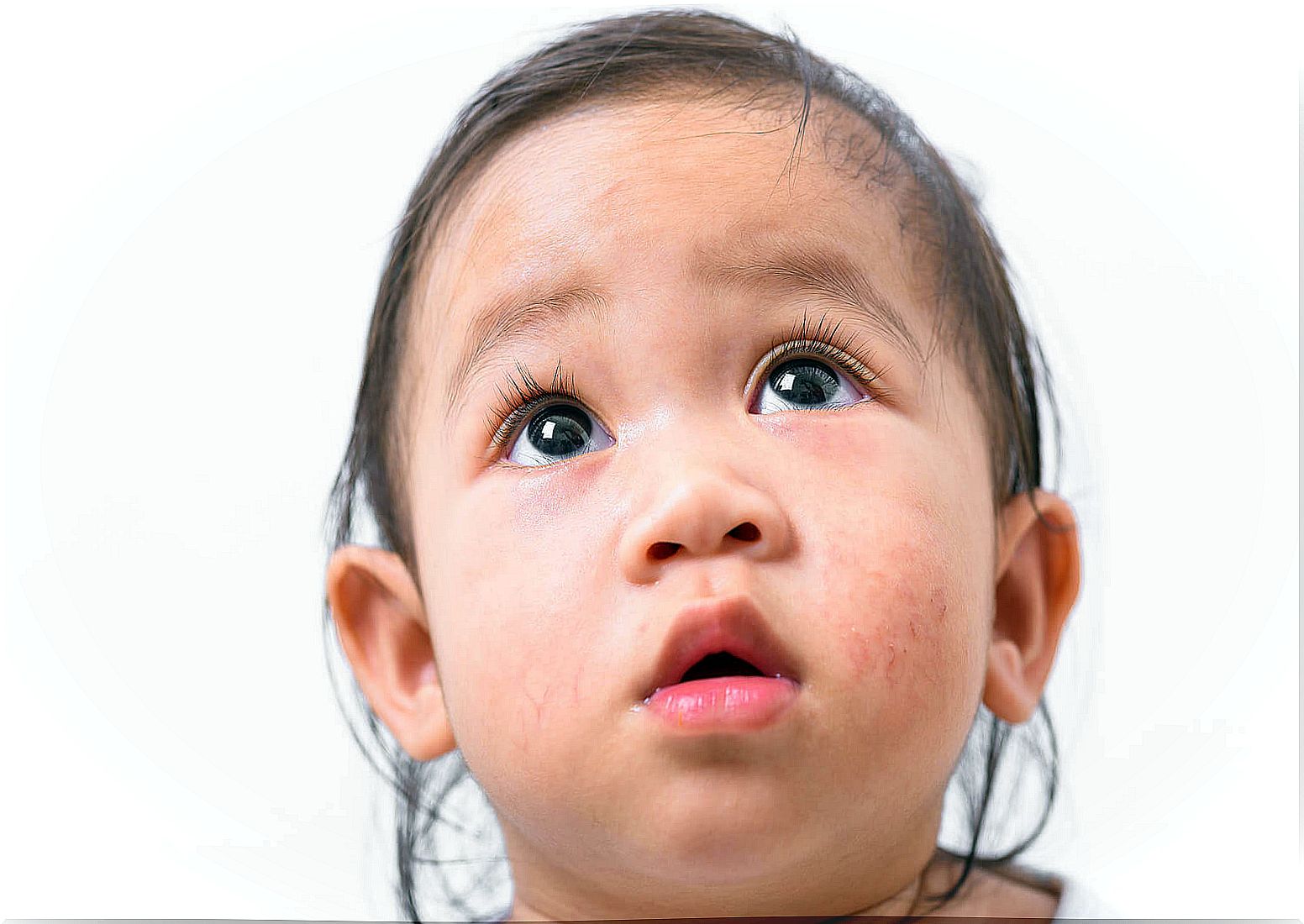
Pityriasis alba is one of the variants of the blemishes on the skin of the face with a chronic evolution. It is an asymptomatic dermatosis and is more prevalent in children. The spots appear with a slight scaling and are characterized by being hypochromic.
Its most common location is on the face, mainly on the mouth and cheeks; they tend to occur in sun-exposed areas and on the outer surface of the forearms. According to a study published in the journal Cutis , it is not a serious disease, but it is frequent, and there is no exact treatment. Lesions can take months to resolve spontaneously.
Ephelides
Ephelides, also known as “freckles”, are small spots that do not have a brownish relief. They are located in the areas of the body most exposed to the sun’s rays; in addition, they are associated with fair skin with blonde or red hair, which has a dominant inheritance.
They appear as a protective reaction against ultraviolet rays. That’s why, during the summer, they intensify or worsen. To avoid them, it is recommended to use sunscreen every day, regardless of the time of year.
vitiligo

Vitiligo is a degenerative disease that causes the complete disappearance of normal pigmentation from the surface of the skin. Well-defined whitish patches appear in peripheral areas, such as around the mouth, eyes, and also on the hands and legs.
Since a causal treatment is not yet available, current treatments aim to halt progression and achieve repigmentation to repair morphological and functional deficiencies in depigmented areas of the skin.
As detailed in an article in the American Journal of Clinical Dermatology , the most appropriate treatments are narrow band ultraviolet (UV) therapy, the combination of corticosteroid cream + UVA therapy, and autologous pigment cell transplantation in various modalities.
melasma
Melasma is one of the most common spots to appear on the face, characterized by the appearance of hyperpigmentation patches. It is more common in women aged 25 and over and occurs in areas exposed to the sun, especially on the face.
They tend to manifest even more with taking birth control pills, during menopause or during pregnancy. However, there are varieties of treatments ranging from depigmenting creams to procedures with different types of laser.
spots
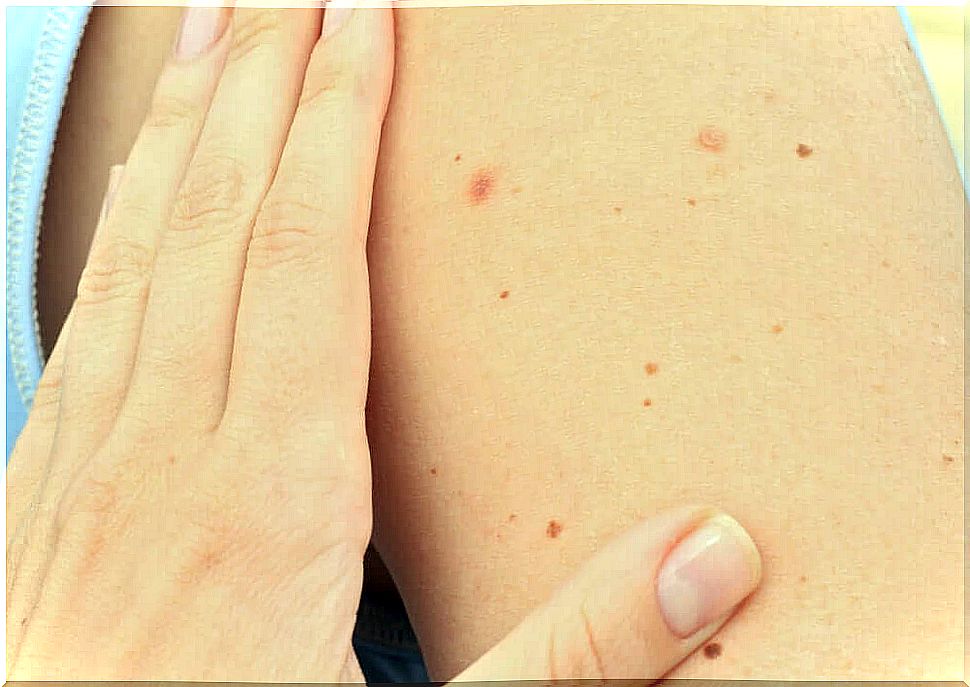
Spots are flat or raised formations that contain melanin. Their pigmentation varies according to the amount of pigment they contain, from black to brown. They usually appear over time, although they can also have a congenital origin.
The ideal is to have an annual check-up with a dermatologist, as some of them can evolve into other types of pathologies.
The importance of the medical appointment in face of facial skin spots
Whatever the spot on the face, the ideal is to consult a dermatologist to obtain a proper diagnosis. The specialist, after ascertaining the cause of the manifestation, will decide the treatment to be instituted.
Still, moisturizing your skin, using sunscreen every day, and taking other precautions can help keep your skin looking healthy.






